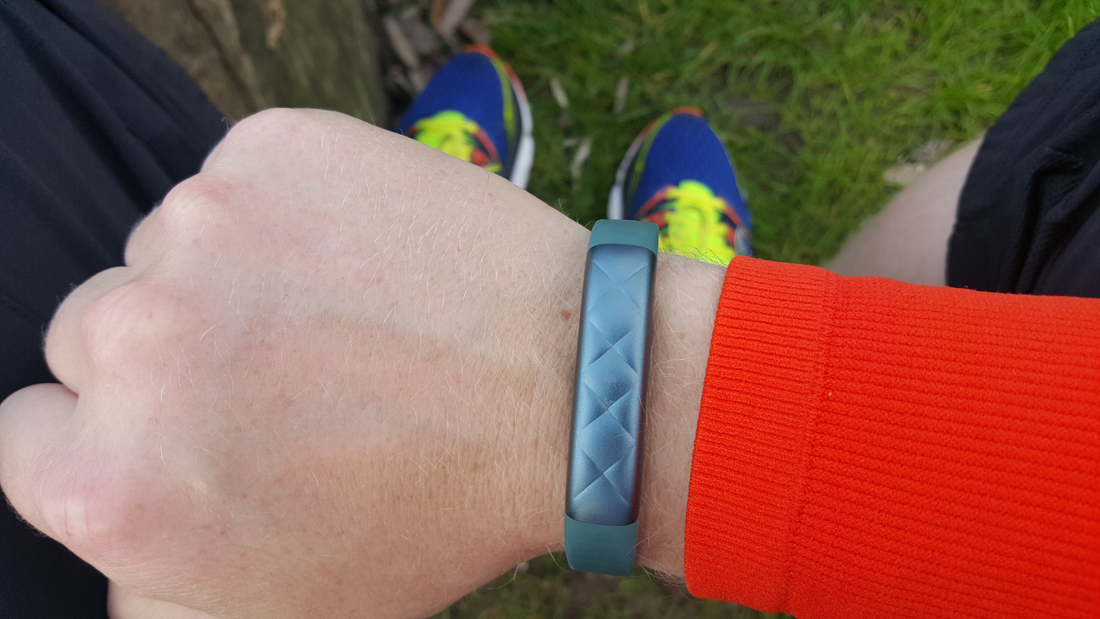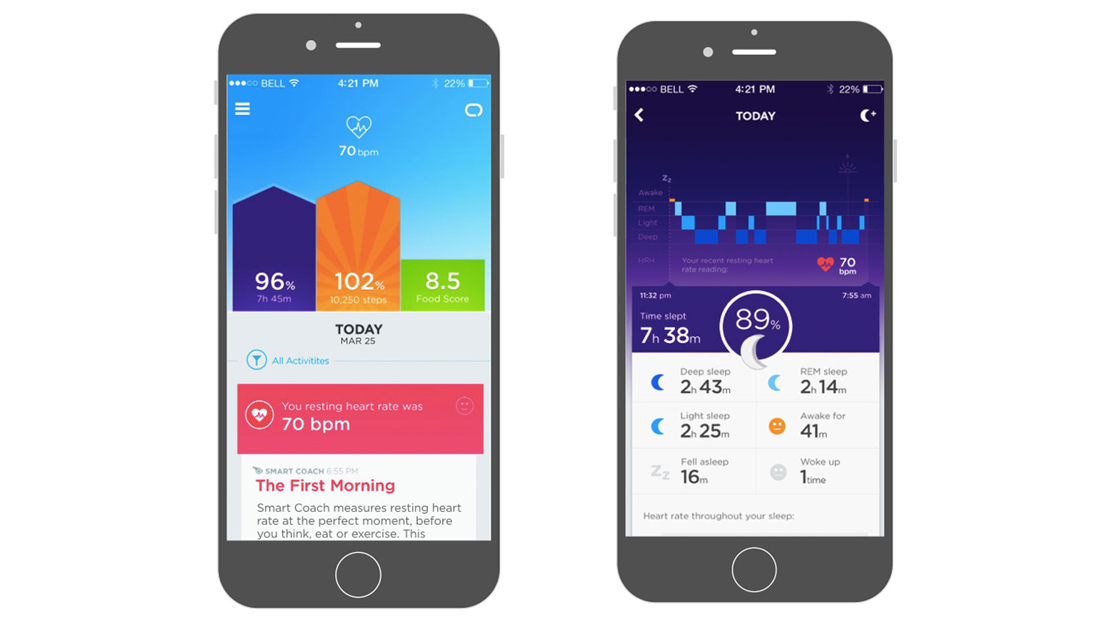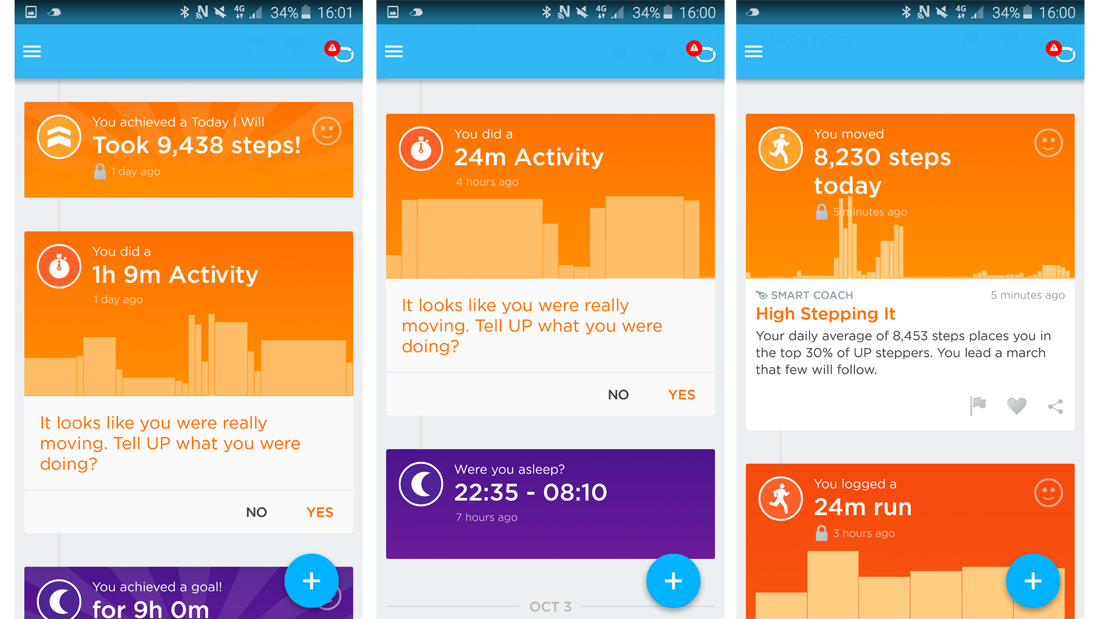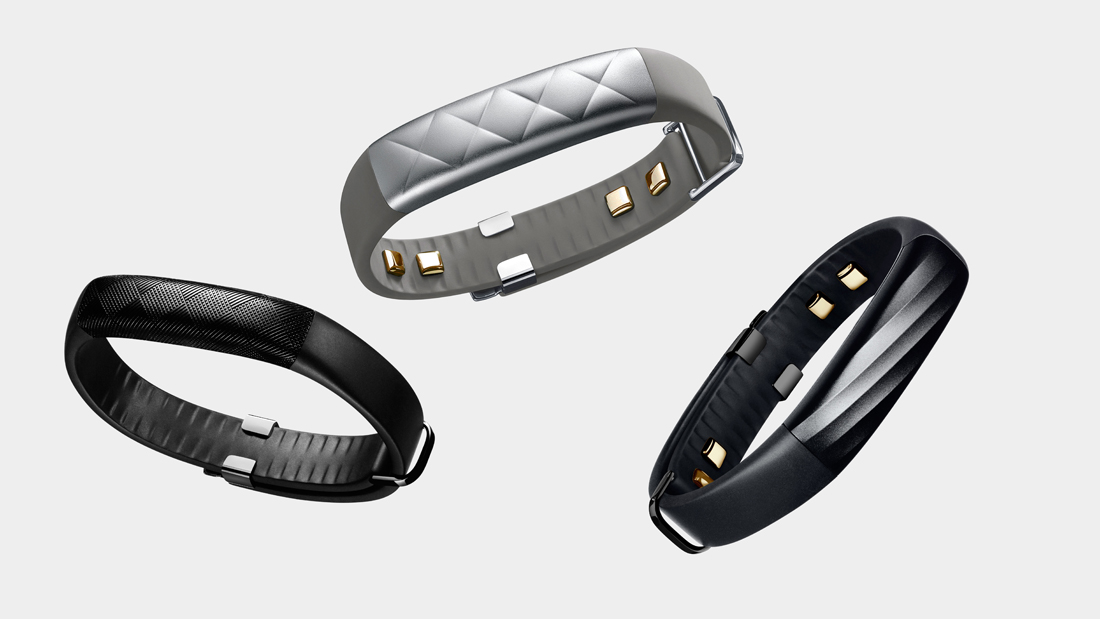Jawbone UP3 review: is this attractive lifestyle band a worthy rival to Fitbit Charge HR?
Stylish and packed with sensory tech, but does the Jawbone UP3 justify its relatively high price?

-
+
Stylish
-
+
slim
-
+
discreet build
-
+
Good step and sleep tracking
-
+
Not bad battery life
-
-
Dodgy charger and clasp
-
-
Doesn't track much else
-
-
Feels overpriced
Why you can trust T3

The redesigned Jawbone UP range was a long time a-coming, and saw the UP2 and this, the UP3, get a serious facelift along with a few new smarts.
The UP3's main boast/boost is that it includes a pulse tracker for establishing what your resting heart rate (RHR) is - a key indicator of overall health, according to both Jawbone and Fitbit who make the technologically similar butmore fitness-orientated and less 'lifestyle'-looking Charge HR. Sculpted by serial tech designer Yves Béhar, the Jawbone UP3 is also more stylish than ever.
So, given that it's at the pricier end of the lifestlye fitness tracker market at about £120/$160, is the UP3 a Jawbone you should get your teeth into?

Jawbone UP3 screen, battery and build
Like the Jawbones that came before it, the UP3 has no screen to wow you, just a textured touch-sensitive area that can be used to switch modes on the band, from active to sleep. There's a small, backlit LED icon to denote which mode you're in, colour coded blue for sleep, orange for activity, and white for notifications.
The battery is a sexy little lithium-ion polymer, 38 mAh number, that'll give you up to 7 days use (according to Jawbone - we found it to be more ike 5-6) and will charge in an hour with its magnetic USB charging cable.

This is a right pain to use, with its built-in magnet having a tendency to grab onto metal parts of the UP3 - the heart rate monitor you can see here - other than the dock part that you want.
The other issue here is the clasp, which is hard to get to grips with initially, and fiddly to adjust. It's not a nightmare or anything, and once you've got it to the right size, that ceases to be a worry, but the simple fact is, it doesn't stay closed as well as a standard watch buckle. Ours still gets knocked off periodically.
Get all the latest news, reviews, deals and buying guides on gorgeous tech, home and active products from the T3 experts
That aside, the design of the UP3 is good. It's discrete, there's no screen to distract you, and it's easy and comfortable to wear 24/7 (it's also safe for the shower and in the rain, though it's NOT waterproof beyond that.) Which is what you want from a lifestyle fitness tracker, really.
Jawbone UP3 fitness performance

The Jawbone UP3 is intended to be a step up from the standard UP2, and achieves this mainly by incorporating HR metrics and adding in skin and ambient temperature sensors, as well as galvanic skin response measurements.
This all sounds great in theory, but it's not at all clear what the temperature sensors actually do, while the HR sensor is only really for establishing what your resting heart rate is. That does have its uses in terms of tracking your overall health but it's not as useful as tracking your pulse during workouts, and using ongoing pulse measurements to better estimate how many calories you've burned.
Similarly, while the band also claims to offer diet tracking and will track a range of exercises, these parts of the app are more like a digital notepad than anything interactive or useful. For instance, you can tell it you've gone to the gym, or even have your cycling stats imported from Strava, but all the Jawbone app will do is note that you've exercised. It's not added to your daily fitness score, and calorie-burning is only calculated from your steps.
That means the Jawbone UP3 is essentially a step and sleep tracker, so it's just as well that it's pretty good at those things. Step tracking is actually pretty accurate, and the band does log running fairly well too.
Jawbone UP3 sleep-tracking performance

Until recently, you had to manually switch to sleep mode by tapping the touch-sensitive area of the UP3, and this was a considerable hassle as the touch-sensitive area of the band is really not that sensitive. However, the UP3 will now automatically work out that you;ve conked out.
Thanks to the use of the pulse and, we assume, body temperature trackers, the sleep data form the UP3 is relatively sophisticated. It purports to tell you how much deep, light and even REM (dream) sleep you've had. The app then offers handy tips about getting better sleep, like drinking less alcohol or caffeine in the evenings, or even advises you to turn in earlier. Beyond that, as ever, it's hard to know exactly what to do with sleep data. Also, does anyone really need to be told that drinking a double espresso before bed won't aid restfulness?
However, there is one unquestionably useful thing here: the UP3's vibrating alarm wakes you only during light sleep, so you wake up feeling more refreshed. This really does work, and is more useful than all the app's graphs, "Go to bed" exortations and advice about not drinking coffee and taking amphetamines before turning in.
Jawbone UP3 app
The Jawbone UP3 really has two things strongly in its favour. One is that because it's light, narrow, comfortable and stylish but discreet, you can wear it and forget about it for about a week between charging up.
The other is the app. This is a friendly thing, that syncs energetically with your device via Bluetooth and slurps down the days/nights data. Not only is it easy to use, it's also full of encouragement and tips on almost every aspect of your wellbeing, via Jawbone's Smart Coach functionality.

On the negative side, while some of the Smart Coach's tips are well-targeted and feel like they're based on your fitness stats, many of them are more like random 'thoughts for the day' rather than data driven. "Eat asparagus, it's good for you," for instance. Or, "Feeling tired? Why not go to bed earlier?" Gee, thanks.
Drilling down into your data is intuitive enough though, and some of the detail on offer - the combination of active and resting calorie burn for example - is pretty strong when compared to the competition. It's super-easy to add in new activities, foods, etc too, with a big 'plus' button falling under the thumb.
Overall it's a good experience, but it is really marred by the need to manually input a lot of the data - this app really puts you to work. It does throw up 'a lot' of alerts on Android too, sometimes to the point where it becomes irritating.
Verdict

We love
The look and feel of the UP3 are great, once you've got the clasp in the right place, and Jawbone's app, as noted above, has its strengths.
We hate
The array of sensors got us all excited, but the lack of epic new data from them contributed to a general sense of let-down. We found it hard to get the UP3's new gubbins to work easily, the heart rate tracking often refused to play ball and the 'touch' control was buggy, occasionally flipping mode with the lightest of brushes, then requiring intensive tapping to switch back again. Overall we found the UP3 and it's app demanded a lot from us - notifications, confirmation of activities, warnings that no water had been logged, etc, but gave little insight back in return.
Verdict
The UP3 is a decent lifestyle tracker that struggles to justify itself in the face of two rivals: one from Fitbit and one from, er, Jawbone.
If you want an everyday tracker that monitors heart rate, we'd say you'd be better off getting the Fitbit Charge HR. If you're not fussed about what your pulse is, so long as it's above zero and below 200, the lighter and less complex UP2 delivers most of the best benefits of the UP3, for less money.

Kieran is a freelance writer and editor working in the space where health, fitness, sports and technology collide. He covers everything from virtual reality and smart scales to the latest wearable health trackers. Kieran is also a borderline-obsessed runner and is passionate about using the latest technology to hack his health in search of marginal gains.